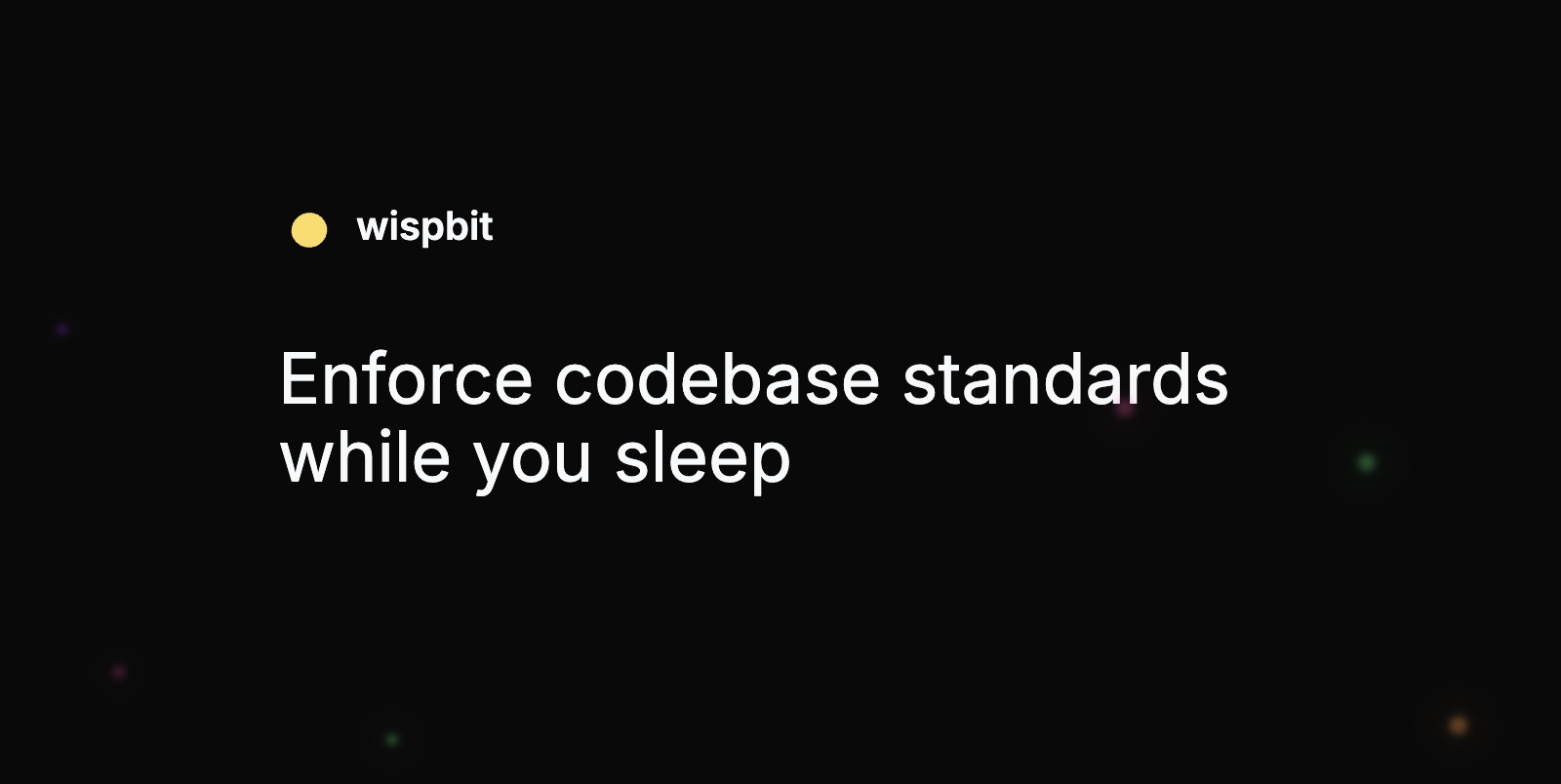DevOps Articles
Curated articles, resources, tips and trends from the DevOps World.
Everyone’s a Snowflake: Designing Hardened Image Processes for the Real World
Summary: This is a summary of an article originally published by Docker Feed. Read the full original article here →
In the world of DevOps, security has become a primary concern, especially when it comes to containerized applications. One effective way to enhance security is through the use of hardened images. These images are designed to minimize vulnerabilities by stripping out unnecessary components and ensuring that only the essential libraries and binaries are included. This practice not only reduces the attack surface but also enhances the overall performance and stability of containerized applications.
Creating a hardened image involves several best practices. Firstly, selecting a minimal base image is crucial. Lightweight images like Alpine or BusyBox can serve as excellent starting points for building secure containers. Furthermore, regularly updating the base images is vital to incorporate security patches and improvements, connecting with the community through ongoing updates and contributions.
Additionally, implementing security tools to automate vulnerability scanning and integrate these processes into the CI/CD pipeline can significantly improve security posture. Docker security features, such as user namespaces, should also be leveraged to run containers with non-root users, thereby adding another layer of defense against potential breaches.
In conclusion, adopting hardened images and implementing these best practices can not only fortify DevOps environments but also streamline the deployment process. By fostering a culture of security within the development lifecycle, teams can better navigate the complexities of modern application deployment, ensuring robustness and resilience against cyber threats.
Product
Useful Links
Made with pure grit © 2025 Jetpack Labs Inc. All rights reserved. www.jetpacklabs.com





